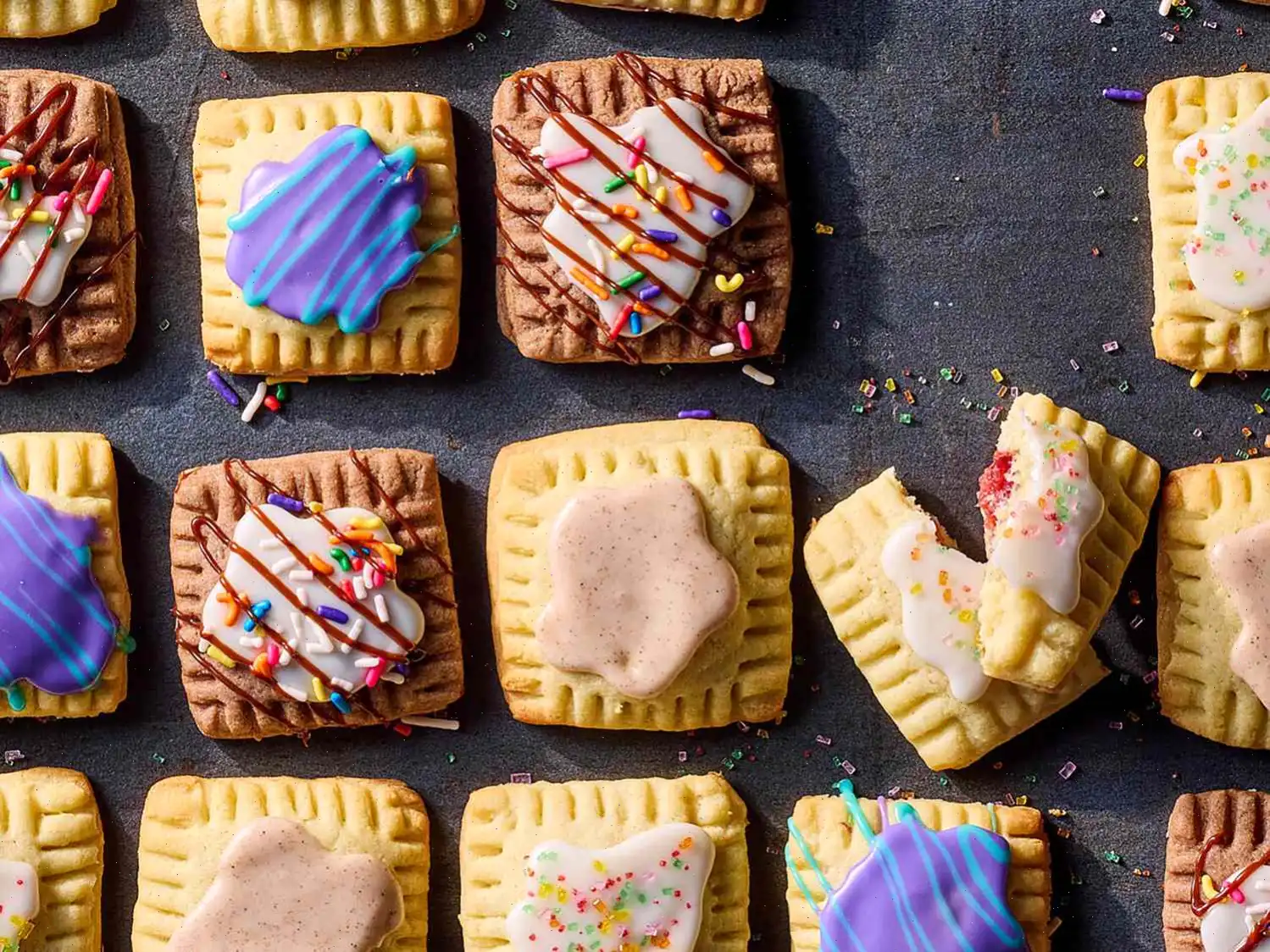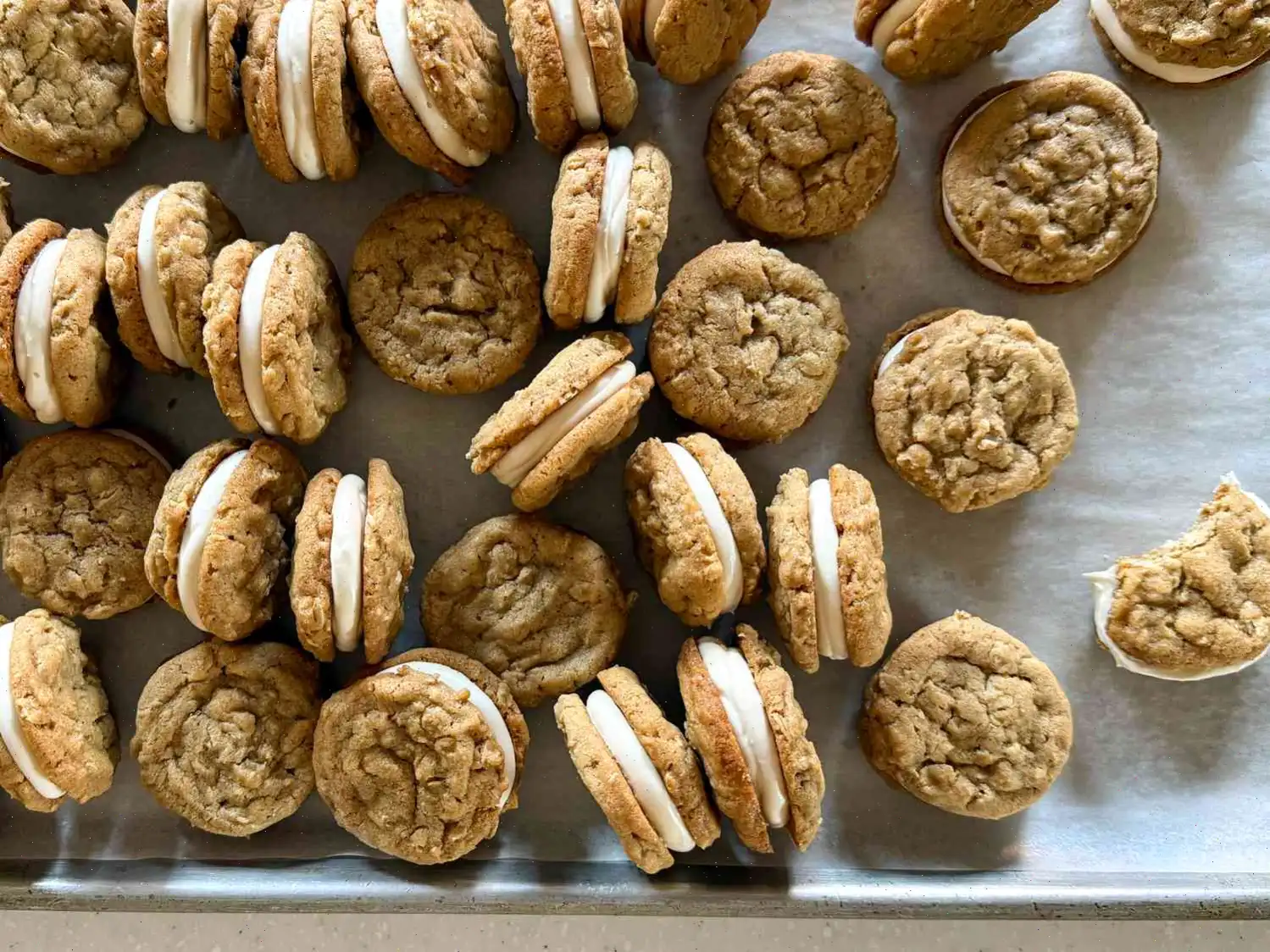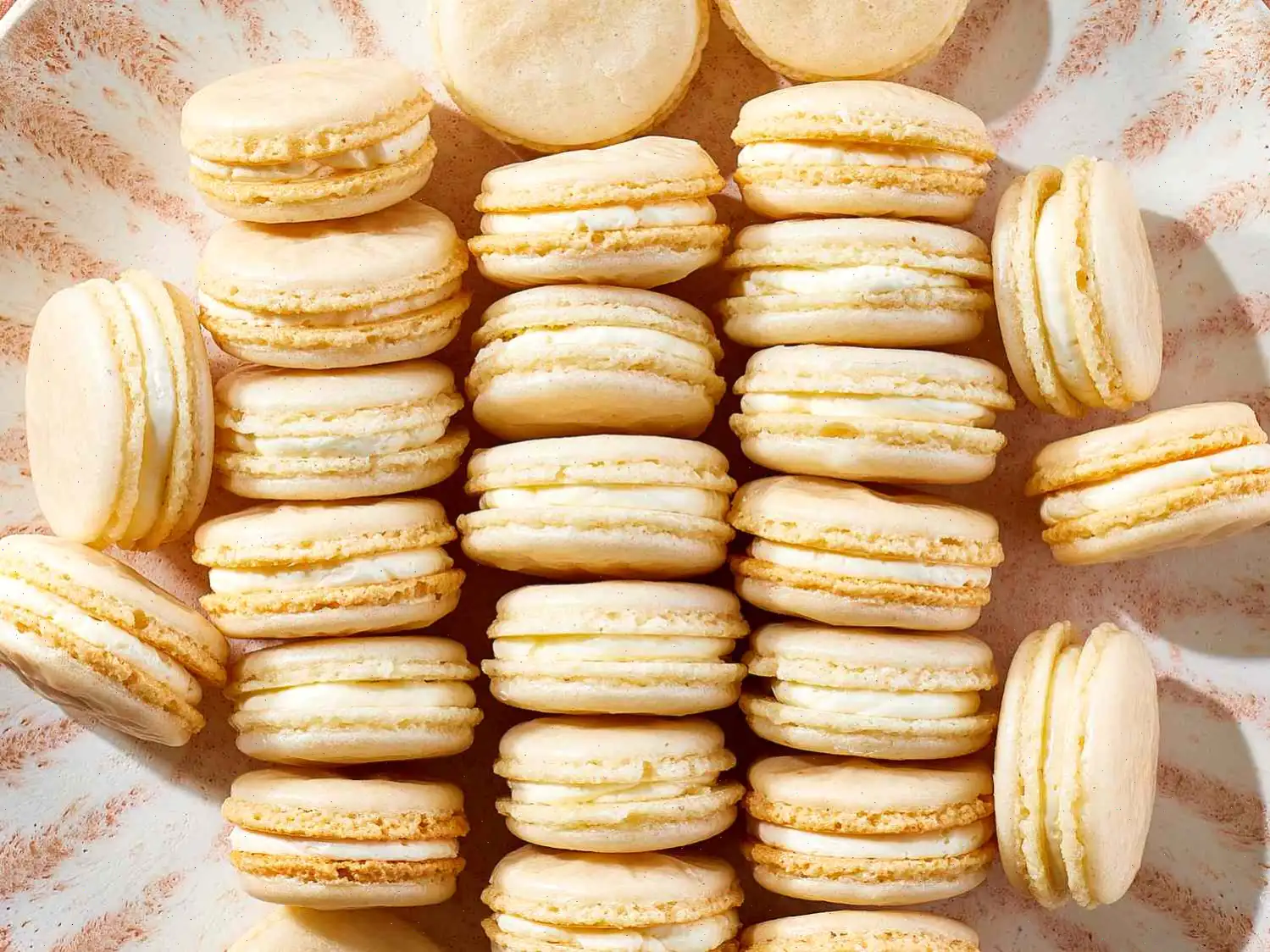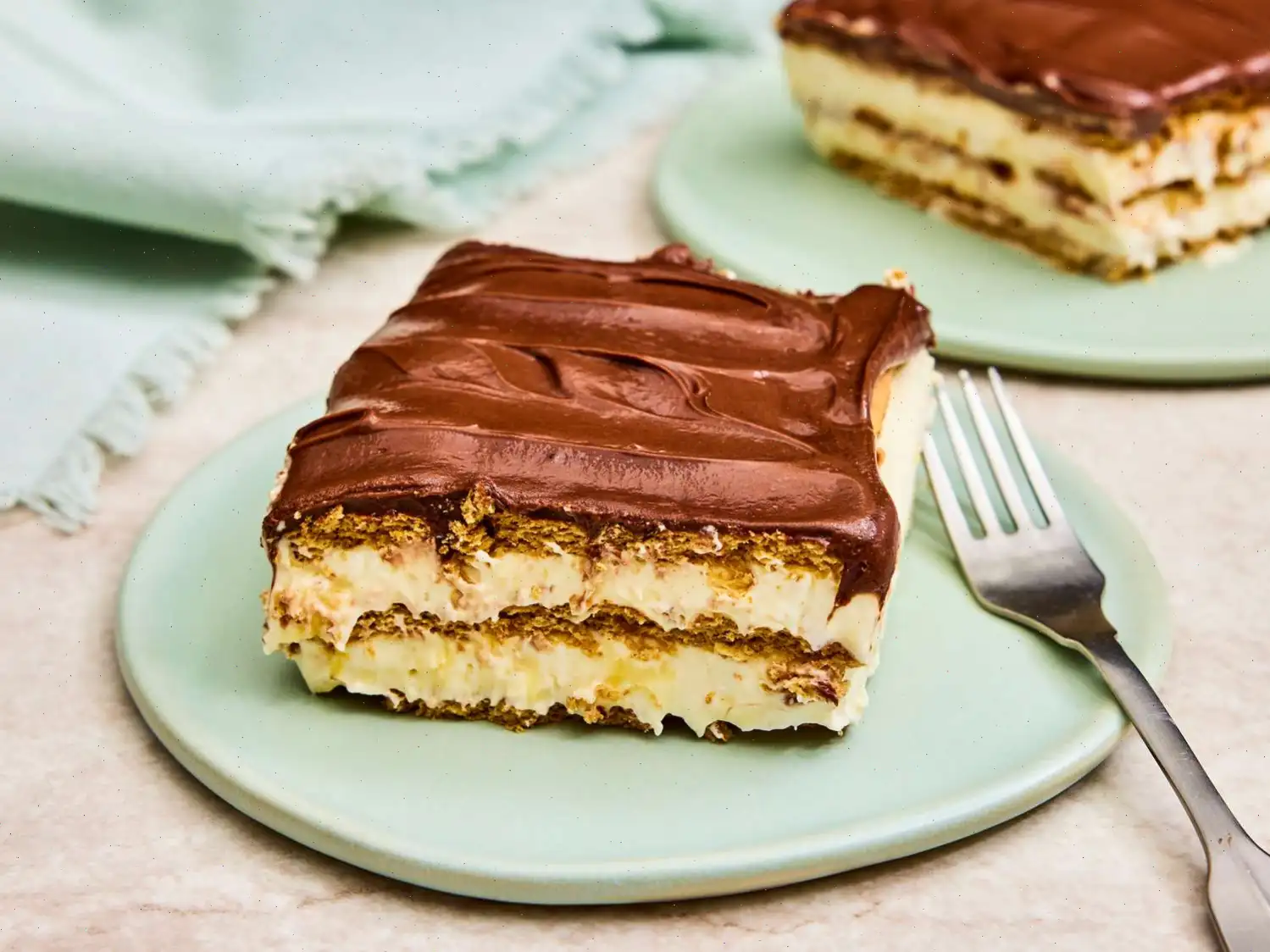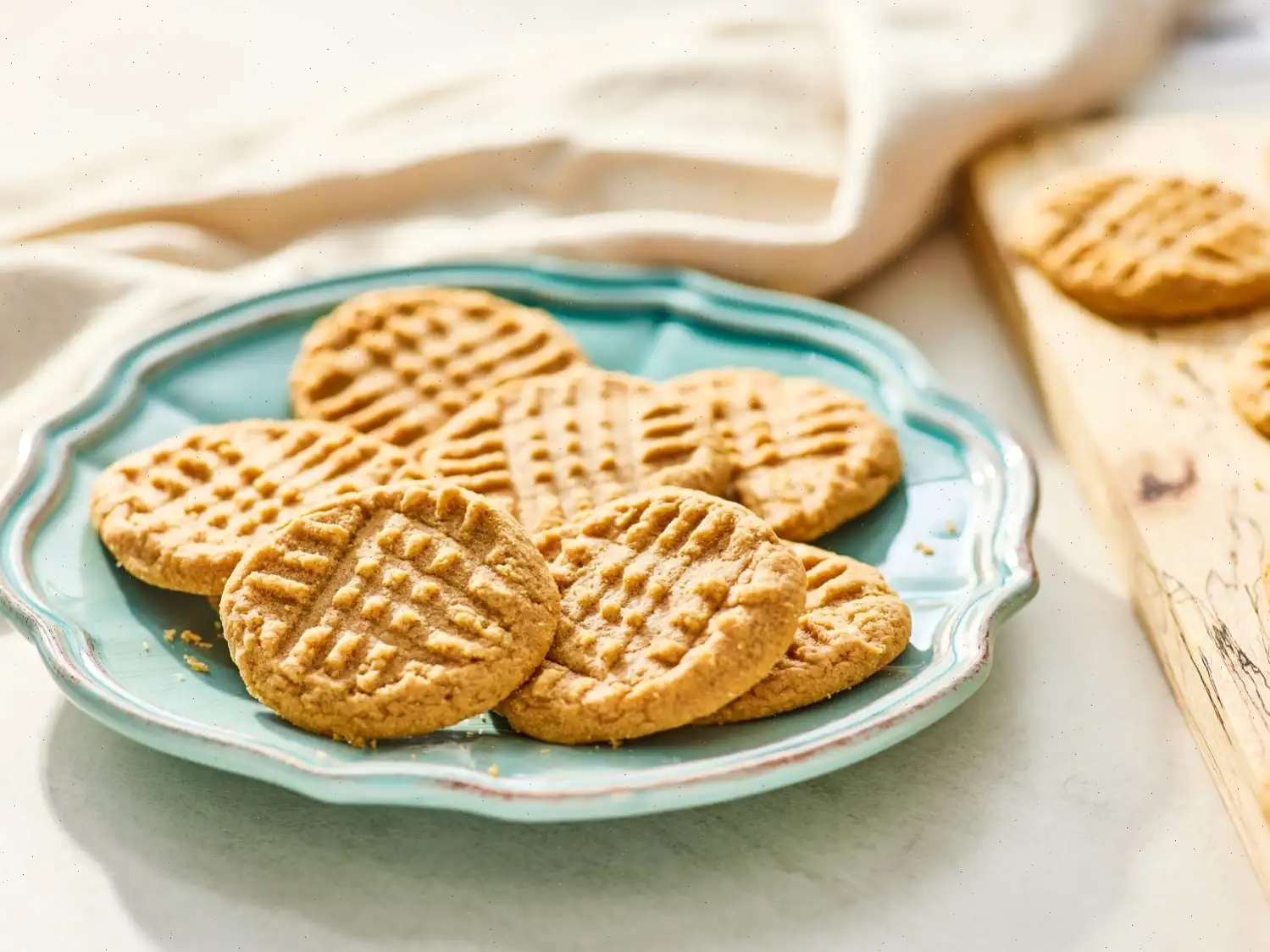
Toaster Pastry Cookies Recipe
Ingredients
This recipe yields 45 servings.
Dough:
- 1/2 cup butter, softened
- 1 cup white sugar
- 1/2 teaspoon baking powder
- 1/4 teaspoon baking soda
- 1/4 teaspoon salt
- 1/2 cup sour cream
- 1 large egg
- 1/2 teaspoon vanilla extract
- 2 2/3 cups all-purpose flour
Brown Sugar-Cinnamon Filling:
- 1/4 cup softened butter
- 1/2 cup packed dark brown sugar
- 4 teaspoons all-purpose flour
- 1/2 teaspoon ground cinnamon
- 1/8 teaspoon salt
Glaze:
- 1 cup confectioner's sugar
- 1 tablespoon milk (plus more if needed)
- 1/4 teaspoon vanilla extract
- Food coloring (optional)
- Sprinkles or sanding sugar (optional)
Directions
- In a large bowl, beat butter with an electric mixer on medium speed for 30 seconds. Add sugar, baking powder, baking soda, and salt, and mix well.
- Beat in sour cream, egg, and vanilla extract. Gradually add flour, mixing in as much as you can with the mixer, then stir in the remaining flour by hand.
- Divide the dough in half and cover it with plastic wrap. Chill in the refrigerator for 1-2 hours until it's firm and easy to handle.
- Preheat the oven to 375F (190C). Roll out half of the dough at a time on a well-floured surface to a thickness of 1/8 inch. Use a 2-inch cookie cutter to cut out squares.
- Place half of the squares on ungreased baking sheets and set aside. Prepare the brown sugar-cinnamon filling by beating butter in a small bowl with an electric mixer on medium speed for 30 seconds.
- Add dark brown sugar, flour, cinnamon, and salt to the butter, and beat until fully combined. Spoon about 1/2 teaspoon of the filling onto the center of each dough square.
- Top with the remaining squares of dough. Use a floured fork to press down on the edges to seal the cookies tightly.
- Bake in the preheated oven for 6-8 minutes, or until the edges are firm and the bottoms are lightly browned. Remove from the oven and transfer to a wire rack to cool completely.
- For the glaze, whisk together confectioner's sugar, milk, and vanilla extract in a small bowl. Add food coloring if desired, and stir to combine. Once the cookies have cooled, spread a thin layer of glaze on top, leaving a small border around the edges.
- Top with sprinkles or sanding sugar, if desired. Allow the glaze to set before serving.
Cook's Notes
Variations:
Wild Berry Filling:
In a small saucepan, simmer 1 cup of frozen mixed berries over medium heat for about 2 minutes, mashing occasionally. Stir in 1/4 cup sugar and 1 tablespoon cornstarch, and cook until the mixture thickens and becomes bubbly, about 5 minutes. Once thickened, transfer to a bowl and chill for 30 minutes. For the glaze, tint 1/3 of the glaze teal and the rest purple. Spread purple glaze on the cookies and drizzle with teal glaze.
Strawberry Filling:
Simmer 1 cup of chopped strawberries in a small saucepan over medium heat for about 5 minutes, mashing occasionally. Add 1/4 cup sugar and 1 tablespoon cornstarch, and continue to cook until the mixture thickens. Transfer to a bowl to cool, then chill for 30 minutes. Top cookies with untinted glaze.
Hot Fudge Sundae Filling:
In Step 1, reduce flour to 2 1/2 cups and add 2 tablespoons unsweetened cocoa powder to the dough. For the filling, beat 4 ounces of softened cream cheese with 1/4 cup powdered sugar and 1 teaspoon vanilla until smooth. Drizzle the cookies with hot fudge topping and untinted glaze.
Nutrition Facts
Each serving (1 cookie) contains:
- Calories: 97
- Total Fat: 4g (5% DV)
- Saturated Fat: 2g (11% DV)
- Cholesterol: 14mg (5% DV)
- Sodium: 57mg (2% DV)
- Total Carbohydrate: 15g (5% DV)
- Dietary Fiber: 0g (1% DV)
- Total Sugars: 9g
- Protein: 1g (2% DV)
- Calcium: 11mg (1% DV)
- Iron: 0mg (2% DV)
- Potassium: 17mg
* Percent Daily Values are based on a 2,000 calorie diet. Your daily values may be higher or lower depending on your calorie needs.
The History and Cultural Significance of Toaster Pastry Cookies
Toaster pastry cookies are a delightful adaptation of the classic toaster pastry, a breakfast staple that rose to prominence in the United States during the mid-20th century. Originally, toaster pastries were marketed as quick and convenient breakfasts, often filled with fruit or chocolate and topped with a sugary glaze. The cookie variation emerged as home bakers sought a more textured, buttery alternative that retained the nostalgic fillings and colorful icing of the original pastries. By transforming the soft, pre-baked layers into rich, hand-made cookies, the dessert version provides a versatile treat suitable for any time of the day.
Regional Variations
While toaster pastry cookies are widely enjoyed across the United States, subtle regional variations reflect local tastes. In the Midwest, the cookies often feature brown sugar-cinnamon fillings reminiscent of traditional American desserts, while coastal regions might prefer vibrant fruit fillings, such as strawberry, blueberry, or mixed berry, often paired with brightly colored glazes. In the South, some bakers experiment with pecan or praline-inspired fillings to add a nutty richness. Despite these differences, the defining characteristicssquare shape, filled center, and glossy icingremain consistent nationwide.
Differences from Similar Desserts
Although toaster pastry cookies share some similarities with hand pies or Pop-Tarts, several key distinctions set them apart. Unlike hand pies, which typically use a firmer pie crust and larger size, these cookies are softer, smaller, and more uniform, making them perfect for snack-sized portions. Compared to commercially packaged toaster pastries, homemade toaster pastry cookies offer a richer flavor and customizable fillings and icings, providing a fresh and homemade alternative to mass-produced versions.
Typical Serving Occasions
Toaster pastry cookies are highly versatile and can be served in a variety of settings. They are a popular choice for breakfast, afternoon tea, or casual dessert gatherings. Many bakeries offer them as part of brunch menus, while home cooks often prepare batches for school lunches, holiday parties, or community events. Their colorful glaze and playful shapes make them particularly appealing for childrens celebrations or themed parties.
Interesting Facts
- The original toaster pastry concept was inspired by the need for a convenient, heatable breakfast, but the cookie adaptation emerged from the desire for richer flavor and texture.
- While often associated with sweet flavors, modern variations include chocolate, cream cheese, and even experimental fillings like salted caramel or cookie butter.
- Food coloring and decorative sprinkles are used not only for aesthetics but also to differentiate flavors, making these cookies visually appealing and easy to customize.
- Despite their simple appearance, the cookies require careful handling during baking to ensure the edges seal properly and the filling remains intact, highlighting the blend of artistry and science in home baking.
FAQ about Toaster Pastry Cookies Recipe
Comments
Frank Moore
06/29/2023 06:25:26 AM
I tried making the chocolate version and found it to be a bit dry. Additionally, I stored the cookies in an airtight container once they had completely cooled, but they felt soggy the next morning.


